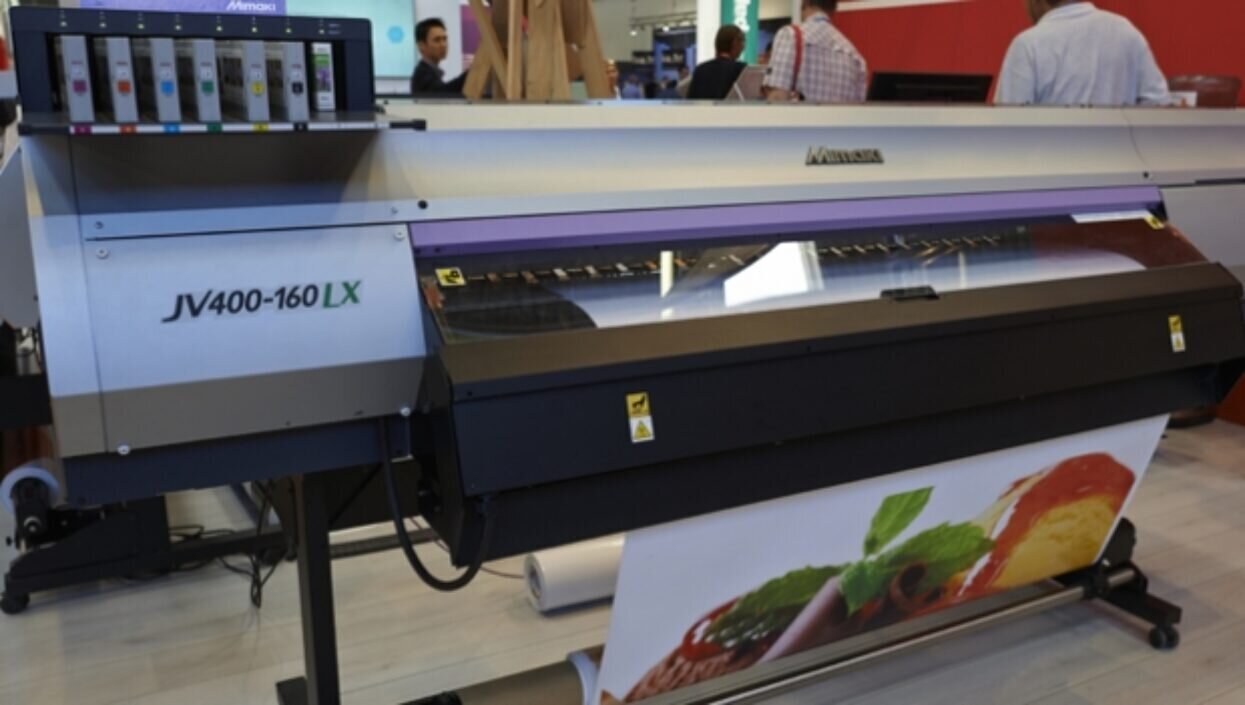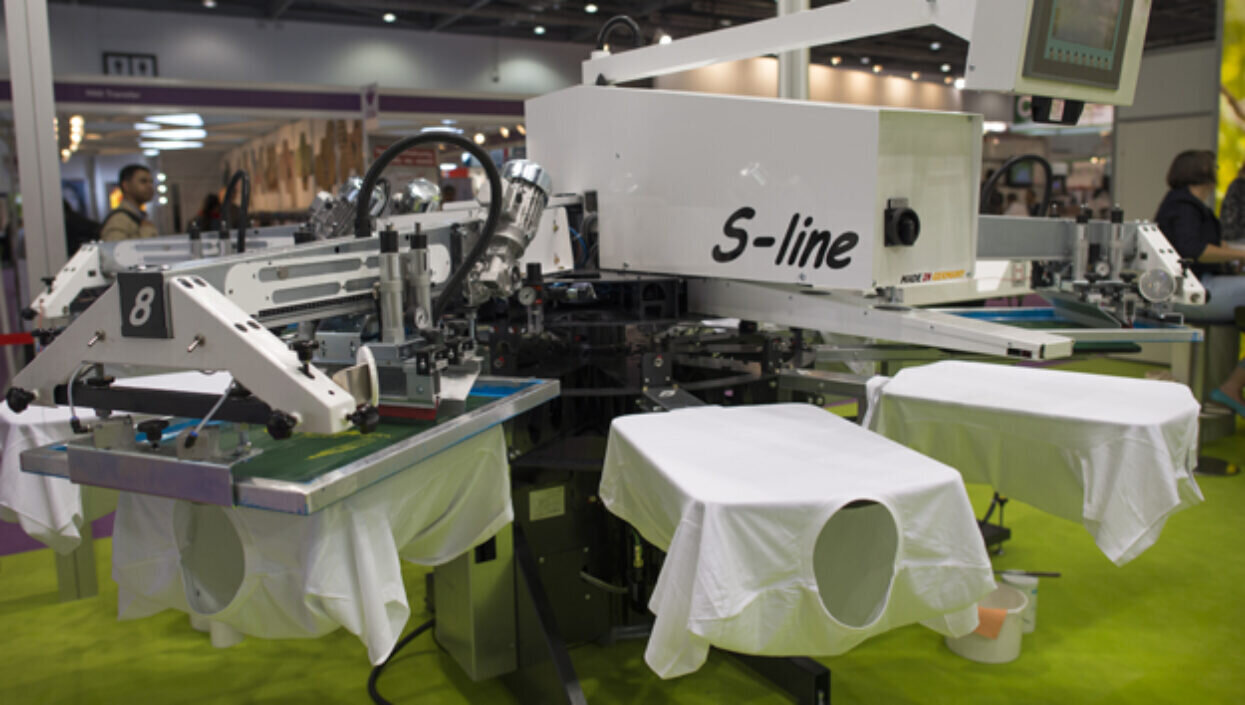
As screen printers are pushed by innovations from digital inkjet printers and manufacturers, we sum-up the pros and cons of these two very different methods.
When it comes to printing sign and display graphics there’s a basic choice between two print technologies, screen printing and inkjet. And while the digital option has clearly become the dominant technology today, there’s still plenty of life in screen printing with Fujifilm, for example, reporting inks sales at roughly 50-50 between screen print and digital. So it would seem that each technology has its own advantages, depending on the applications in hand.
Digital is best suited for producing very short runs down to one at economical cost. It’s good for turning jobs around quickly and particularly good at handling variable data applications. There’s a choice of different types of inks that are suitable for a wide range of substrates and different applications, from flexible vinyls such as vehicle wrapping through to rigid boards such as PVC foamcore that are structurally rigid. Digital printers can produce wide colour gamuts from CMYK inksets, with many also offering light cyan and light magenta to improve colour gamut and gradation at higher speeds.
Screen printing on the other hand is an analogue process. The first step is to split the image into separate colours and create one screen for each colour, with the ink then being applied one layer at a time to build up the complete image. This allows for the inks to be laid down in relatively thick layers to produce images that are noticeably more vibrant than with digital printing.
The drawback is that it costs time and money to create the screen, which makes it costly for short runs. But this method is extremely cost effective for producing longer print runs. The longer the run the cheaper the unit cost of each item. This means that screen printing is still a viable option for many graphics applications like retail displays.
But many of the digital vendors are also eyeing up this market and so there are a number of large UV inkjet flatbeds such as the Inca Onset series or the HP FB10000 that are also capable of coping with relatively long runs. However, it’s not uncommon to find both digital and screen print combined, with the special effects and white backgrounds produced on the screen printer and other colours added via a high speed flatbed, playing each technology for its strengths whilst minimising ink costs.

Screen printing is a mature technology so little has changed in the last few years in terms of print speeds and resolutions and overall capability. Indeed, most of the recent changes to screen printing inks have been prompted by legal requirements. So for example, N-Vinyl Caprolactum or NVC, which is a monomer that’s often used in screen printing inks, was recently reclassified for health and safety reasons. This in turn will mean that many ink vendors will now have to reformulate their inks to avoid using it.
Nonetheless, James Whitehead, product manager for Fujifilm’s screen and wide format inkjet inks, says that Fujifilm still sells a lot of screen printing inks, pointing out: “There are print buyers who still specify screen printing because they like the colour saturation in particular.”
Sarah Kippax, director of HG Kippax, which still manufactures screen printing presses, says that you can achieve a far better opacity with screen print inks than with digital. She adds: “You can print special colours such as an Asda green colour more easily.” She also points out that screen printing can cope with special effects much better than digital printers, explaining: “All the effects, like reflective inks where the particulates are too big and they get stuck in the nozzles of a digital machine.”
Indeed, there’s quite a range of special effects inks for Screen printing even including scented inks that react to heat or light to give off an effect such as perfume or the smell of a particular food. Also, screen printing inks can be used to create tactile effects.
But screen printing allows for a greater range of effects, from hard and soft finishes, and for deeper ridges, which are better suited for Braille effects. That said, it’s becoming increasingly common for inkjet printers to include a clear ink or varnish that can also produce tactile effects but this is not as pronounced as with screen printing because the inks are laid down in a thinner layer.
However, Whitehead says that although screen printing is in decline for graphics use, it’s still widely used for industrial applications. The difference is that screen printing is part of the manufacturing process where it can deliver lower unit costs over longer runs. This can include such applications as printing plastic credit cards, as well as garments.
Kippax says that she has also seen a growth in demand for bespoke screen printing solutions, such as putting a coating on washers for an automotive engine manufacturer. She explains: “It’s not just about getting the ink onto the material but its how to present them to the machine in the most cost-effective way so we have to find a way to register it to keep it in line.”
So ultimately the major difference between the two technologies is down to run lengths. Digital has come to dominate the graphics market where there are a lot of one-off and very short run jobs. But screen printing still plays a part in industrial manufacturing where long production runs make it cost effective.